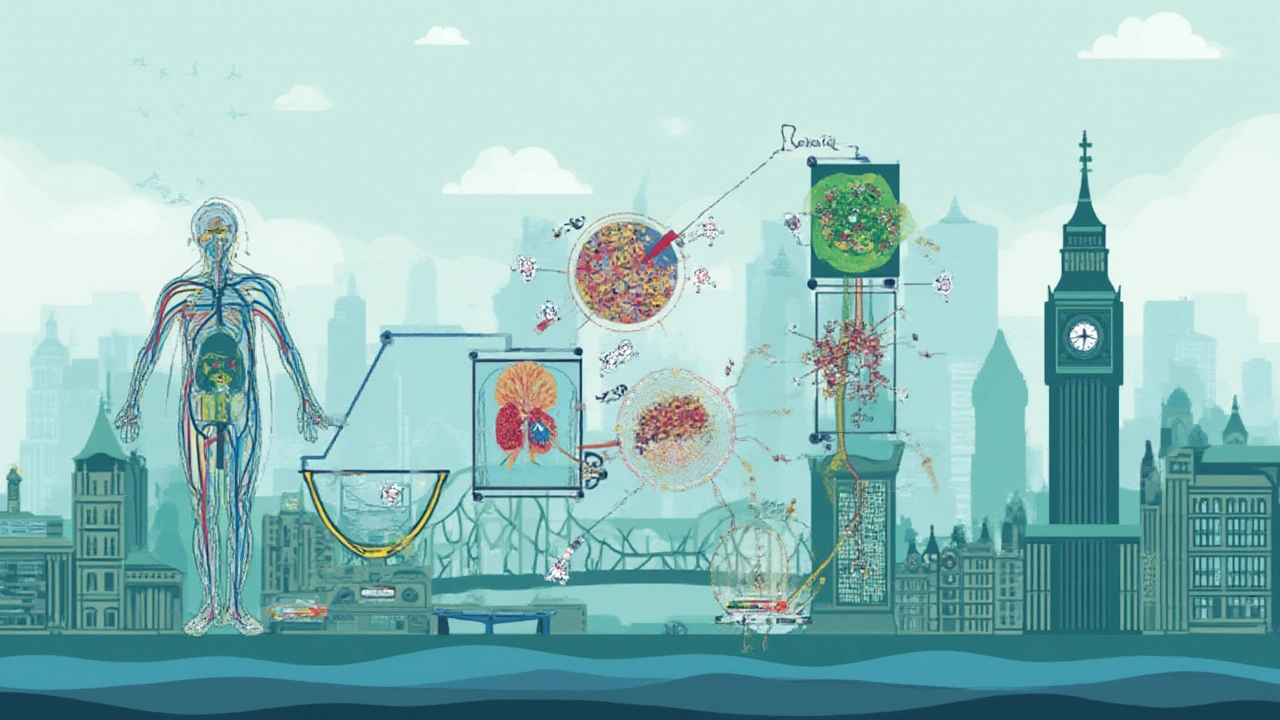Ever wonder what happens after you swallow a pill or get a shot? That’s where pharmacokinetics comes in. It’s the study of how your body absorbs, distributes, breaks down, and gets rid of medications. Knowing how this works helps doctors choose the right dose and schedule so the medicine does its job without causing trouble.
First, the drug needs to get into your bloodstream. This is absorption. Depending on how you take it — pill, injection, or patch — the speed and amount absorbed vary a lot. For example, injections put medicine straight into the blood, working faster than pills. Once in your blood, the drug spreads throughout your body, reaching different organs and tissues. This step is called distribution.
Think of it like delivery drivers dropping packages all over town. Some medicines stick around in fat or certain organs longer, which can change how long they work.
After the drug has done its job, your body needs to clear it out. Metabolism is the process where your body, mostly using the liver, changes the drug into forms that are easier to remove. Sometimes, metabolism can even turn a drug into something more active or less active.
Next comes elimination. This usually happens through your kidneys, where the drug leaves your body in urine. Sometimes, it’s through bile, sweat, or even breath. The speed of metabolism and elimination influences how often you need to take your medication. If your body clears a drug quickly, you might need doses more often.
Knowing pharmacokinetics helps explain why some medicines work better for certain people or why side effects differ. It also guides safe dosing to avoid taking too much or too little. So, next time you take a medication, remember there’s a whole journey happening inside you to make it work right.
Posted by
Paul Fletcher
17 Comments

Deep dive into lamotrigine pharmacokinetics: how the body processes this medication, its metabolism details, half-life, and how drug-drug interactions matter for real users. Useful if you take lamotrigine.
read more